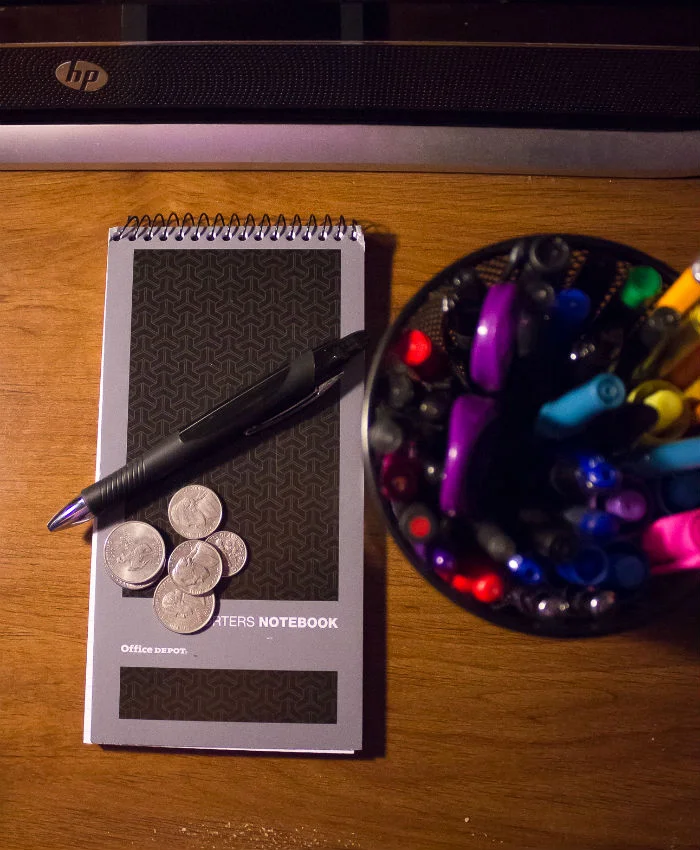Cutting freelance costs
I’ve always known the value of a dollar. I’m a Detroit native who came from a single-parent household and grew up in a hard-working family. Their diligence and encouragement pushed me to find my own first job at 18 in an effort to establish financial independence.
Of course, I’ve learned a lot since my first job at a park in Belleville, Michigan. And the way I see money has changed. Now I’m invoicing clients for my work, I see my earnings as being more directly tied to the value of my work than I did as a staff employee or an intern, meaning what I give is what I get.
So without a set salary or an organization to which I can bill expenses or rely on for steady cash flow, I’ve had to be a bit savvier about how I handle funds. (Plus, I keep hearing about how bad millennials are with money, and I kind of want to prove that stereotype wrong.)
If you’re a freelancer who needs to get stuff done without spending too much money (or none at all), here are some strategies that I’ve found pretty helpful:
Go to the library: Yes, the building that smells a bit funny. Harold Washington Library is one of my favorite places in Chicago because I’m a nerd and they have so many resources. Not to mention that its top floor is beautiful (and quiet). If you need a quiet place for free internet service, go to the library. It’s cheaper than paying for a shared workspace membership and has much more information freely available if you need historical or research context for your stories. (Please tell me I’m not the only one who goes to the library for story research!)
Leave early and take public transit: If you’re scheduling an interview, leave early and take public transit. It’s cheaper than expensing an Uber or cab ride. But it takes longer, hence why I caution that you leave 30 minutes to an hour before the interview time. Do a quick Google search of how long it’s going to take to get there, and add 15 to 30 minutes whatever that time says. (You’ll need time to talk to a receptionist or set up your stuff).
Shop around for a business bank account with low fees: Make sure your bank doesn’t charge you obscene monthly fees to manage your money. Shop around at banks and credit unions before you sign up for a business banking account. $10 to $15 per month doesn’t sound like much, but it adds up.
Tap into your own skill set: You probably didn’t notice this, but I shoot all the photos on my site. Why? Because I don’t feel like paying for stock photos. Plus, I like experimenting with my camera. Think about the skills you have that could either boost your income or save you some cash. Know how to code? You can customize your own website. Got photography experience? Market that skill to editors by showing them your photos from your portfolio. That helps me a lot for when I’m doing local reporting for DNAinfo Chicago, for example.
Invest in good equipment and insurance: I know that spending a ton of money sounds like a counterintuitive strategy in an article about saving money. (Even for me, that is extremely painful to part with my hard-earned cash for an item or two.) But think of it like this, you can use your smartphone to produce great photography; however having a DSLR with a larger lense will take your photography to the next level. (My Canon T3i never lets me down). I recently went through this pain when I bought a pair of Bose headphones. They cost more than $300, but my previous headphones cost $70 and lasted less than two years. This time around, I bought a protection plan, too, just in case. The sound quality of my Bose noise cancelling headphones are great for transcribing interviews and listening to recordings even when it’s noisy outside my apartment. Spend the money you need to in order to produce high-end work and bring in high-end clients. Check sites like Groupon or B&H Photo & Video for deals on pricier equipment so that you don't resort to buying cheaper equipment you'll have to replace later.
Invest in yourself: One of the things that I love about the digital age is that there are so many ways to learn a new skill. If you need to figure out how to do something quickly in a new program or take a full-blown course, you can find help on platforms like Lynda.com or Poynter’s News University. If you’re a member of a professional organization, they may have workshops and courses that you can attend for free.
What are some ways that you cut costs of your freelance business? Leave me a comment or send me a note at contact@thefreelancebeat.com.




